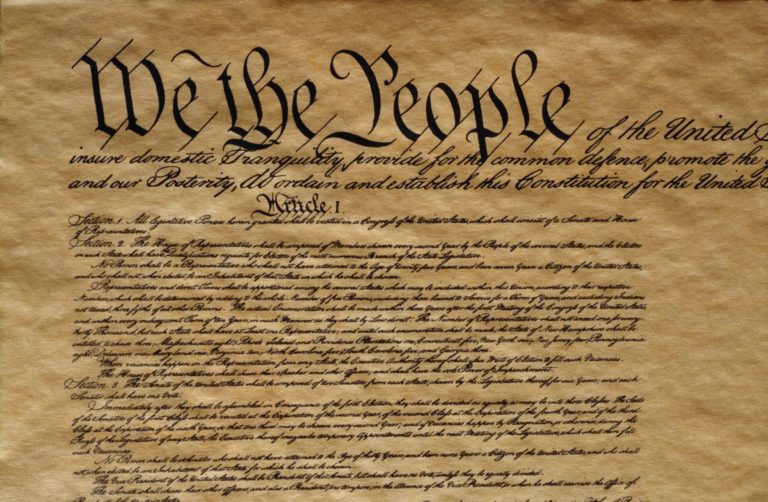
The laws in the United States are categorized into four classifications— the Constitutional Law, the Statutory Law, the Common Law, and the Administrative Law.
1. Constitutional Law
The Constitutional Law includes the U.S. Constitution and the State Constitution. The U.S. Constitution is the federal constitutional law and is the supreme law of the United States of America, meaning that state constitutions are subordinate to the U.S. Constitution. That being said, each state has its own written constitution. State constitutions are considerably longer than the U.S. Constitution due to their detailed inclusion of the day-to-day relationships between government and people.
2. Statutory Law
The second classification is Statutory Law. Statutory Law involves the statutes or codes that are legislated by lawmakers and enacted into law by the executive officer of the government. On the federal level, Congress passes statutes and delivers them to the President to be signed into law. Then, at the state level, each state legislature passes the laws for their own state. These laws are then signed into law by the state’s governor.
Federal Law is found in a set of books called the Code of Laws of the United States of America, which variously abbreviates to the U.S. Code (U.S.C.). The U.S.C. contains 53 titles and all titles have sections (represented by a §) as their basic coherent units.
3. Common Law
The third classification is Common Law, also known as case law. Common Law is developed from court decisions. In countries where Common Law is practiced, a court looks to past precedential decisions of relevant courts, and synthesizes the principles of those past cases as applicable to the current facts. If a similar dispute has been resolved in the past, the court is usually bound to follow the reasoning used in the prior decision.
4. Administrative Law
The fourth classification is Administrative Law. Administrative Law is the division of law that governs the activities of the government’s executive branch agencies. These executive branch agencies are created by Congress through “enabling legislation,” and are authorized to promulgate regulations which have the same force as Statutory Law.
To know more about Federal Administrative Law, check out ‘Federal Administrative Law.’
